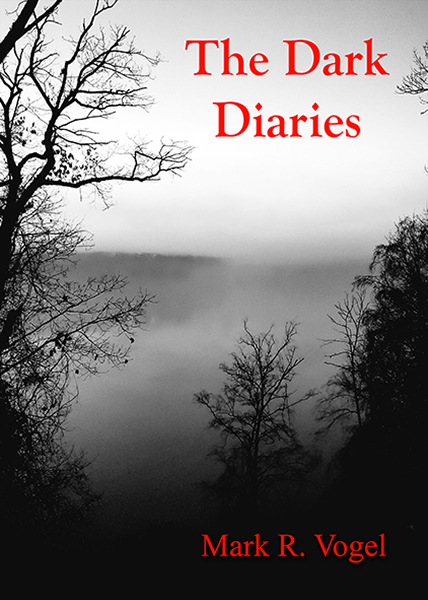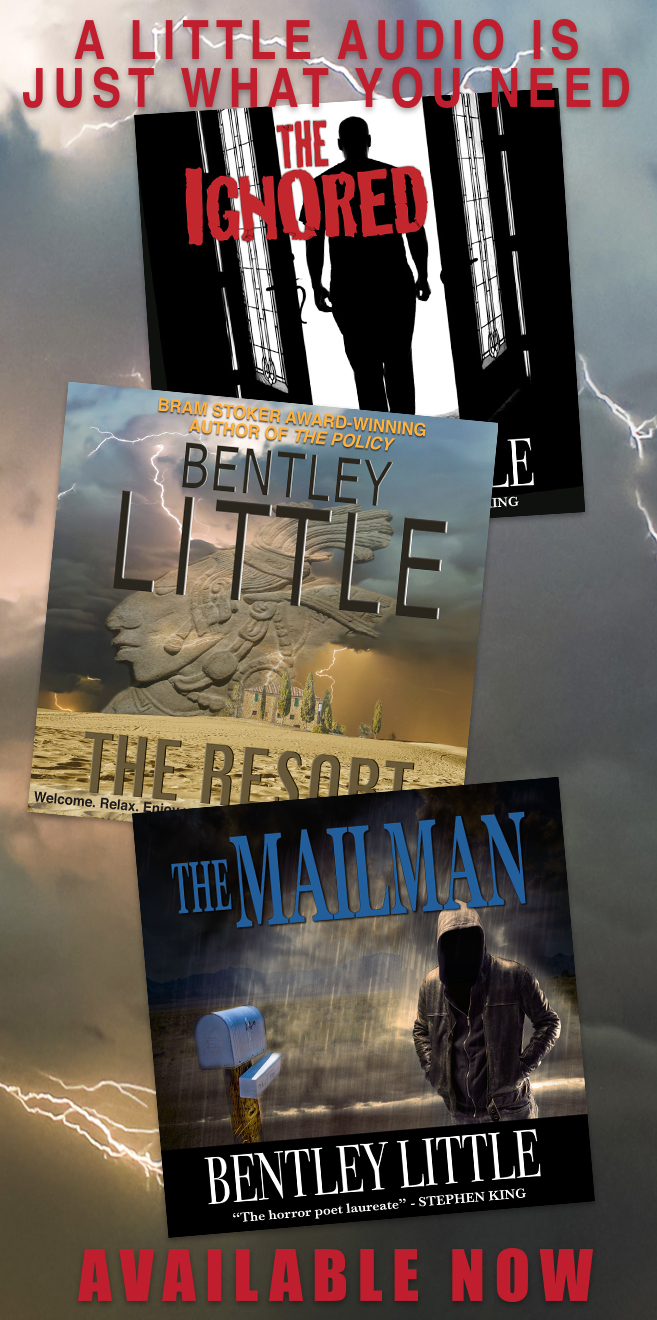Warning: The following is a literal “review” of George Romero’s Night of the Living Dead in that it contains spoilers.
Issued during a time when the horrors of war were being broadcast live into our homes, confirming for American audiences for the first time since the Depression that everything might not be alright, George Romero’s Night of the Living Dead–in its uncompromising postmodern nihilism, political and racial overtones, and presentation of humanity’s ego-driven miscommunication–stands alongside James Whale’s Frankenstein and Alfred Hitchcock’s Psycho as one of the three greatest horror films ever made.
On the last day of April in 1967, at their mother’s behest, Johnny (Russell Streiner) and his sister, Barbara (Judith O’Dea), drive three hours to place an ornament on their father’s grave. However, before they can depart to return home, a strange man (Bill Hinzman) accosts the couple and kills Johnny. Barbara narrowly escapes, but nonetheless wrecks the family car, and is forced to flee to a nearby farmhouse. Shortly after arriving, another man, Ben (Duane Jones), appears and begins to fortify the abandoned abode from a wave of murderous monsters that are storming the countryside. When Harry Cooper (Karl Hardman) surfaces from the basement–where he, among others, are likewise seeking shelter–the radio reports that the homicidal epidemic has engulfed over a third of the nation. The circumstance is further exacerbated once the local news reports that the murderous droves are actually the dead who have inexplicably returned to life and are feeding off of the flesh of the living.
Night of the Living Dead is one of the seminal works of horror and, more specifically, serves as one of the first and foremost examples of postmodern terror to grace the Silver Screen. After seventy years of contrived Hollywood endings in which the sexy fiancée rejoins her heroic husband-to-be after he challenges and conquers impossible odds, Romero presents us with a vision of brutal honesty which not only permits the plot to come to an honest, logical conclusion, but divests his audience of the safety net that everything will be justified in the end. It doesn’t matter if a character is a devout child of God, such as Barbara, who–hours before her ironic death–prayed at the gravesite of her father, or, like her brother, an atheist, who quips that there’s “not much sense in my going to church,” because when the new dawn approaches, it is shrouded in existential nihilism which no one bares witnesses because they are all dead (including a couple who are in love) after the American flag seen in the film’s opening scene (a Sunday, God’s day, nonetheless) is left to vacuously wave to no effective ends in that there is no justice, peace, or hope to be had.
Yet Romero’s masterpiece isn’t a self-indulgent tract of scene-upon-scene of gratuitous pessimism. After the final character dies, we are left with the irony that out of the seven people who sought refuge in the abandoned farmhouse, only two met their end due to the initial cause of the panic: zombies. The other five deaths are a direct result of the incessant quibbling between the characters, prompted by their egos as they pathologically focus upon the arbitrary differences between one another, thus wasting valuable time as the ensuing, real threat draws nearer. This is epitomized in Ben’s demanding Harry to “[ . . .] get the hell down in the cellar. You can be the boss down there, but I’m boss up here!” after Ben and Barbara both ignore one another’s arrival stories. All of these microcosmic instances extend outward, paralleling the scientific community’s dissention with the military’s assessment of the raging epidemic.
Romero claims that his casting of Jones as Ben was not an overt political statement in that Jones was merely the best actor for the job. However, Barbara finds and clings to a butcher knife after Ben enters the house in order to defend herself either against the zombies or, more likely, Ben, due to the fact that he is an unknown individual, a male, and/or an African American, evidenced by the fact that Barbara still refers to Johnny in vague terms as if he were still alive and to insinuate that he is her boyfriend (i.e. protector) rather than her brother. Though by the climax of the film we have found Ben to not only be a well dressed, well spoken individual who is logical and levelheaded, he is not without flaws, but many would consent that the character’s admirable attributes nevertheless outweigh his negative characteristics, which makes his death at the hands of a white, redneck posse all the more tragic. Romero’s iconography further suggests racial overtones in that his makeshift gang is consistently cast alongside a bonfire–reminiscent of a Klu Klux Klan rally–a pyre by which to dispose of the corpses of the undead, all the while positing the irony that Ben’s identity as a human was “mistaken” for that of a zombie. Romero implies that this is not the first incidence of error on the posse’s behalf in that Sheriff McClellan (George Kosana) reports that the group shot three zombies “trying to claw their way into an abandoned shed. They must have thought somebody was in there. There wasn’t though.” However, one of the precepts of the undead is that they a driven by instinct, thus the director permits the Sheriff to inadvertently incriminate himself in that the shed was vacant after the fact. (Thus, after we assume Ben to have been a zombie when he was first introduced, Romero’s viewers are now asked to reassess their biased assumptions.) Also of political note, the scene was shot months prior to the My Lai Massacre where American soldiers shot hundreds of Vietnamese civilians, one of their alibis being that they could not distinguish between Northern and Southern Vietnamese peoples. This sequence is followed by the closing credits which incorporate Vietnam War Era-type reporting in the form of black-and-white newsreels and grainy still photographs of combat-themed imagery–helicopters surveying the area and explicit carnage–atop the aforementioned posse on a homeland search-and-destroy mission.
Perhaps the most innovative aspect of the film is Romero’s reinvention of the zombie. Traditionally, such antagonistic hordes were of African-Caribbean descent, thus were predominantly black. However, by merging the figure of the undead with 1950’s scientific paranoia–it is theorized (but never verified, which James Iaccino, in his Jungian reading of the film, states that this ambiguity conveys the director’s sentiment that “human suffering and pain are simply the ‘great mysteries’ of life”) that the undead plight might be a result of the space program gone wrong (Night of the Living Dead was released the same year that Stanley Kubrick issued 2001: A Space Odyssey) after a space probe reenters Earth’s atmosphere carrying radiation–Romero not only brought the threat to native soil, but presented his villain as none other than ourselves. Not only this, but he fleshes out his invigorated characters with their own physical laws and precepts, the most terrifying of which is that they are cannibalistic, thus Romero establishes the incendiary metaphor of a nation feeding upon itself. However, equally interesting is the fact of how the undead might be otherwise be interpreted. One can view the fearful droves as, in Roger Ebert’s succinct terms, a sickening parody of life itself; our literal Freudian pasts coming back to haunt us in a traditional “Us” verses “Them” manner, popularized with the preceding decades of invasion narratives where “They” were the Communistic antagonists; or even as the youth rebellion, aptly represented in the figure of Harry’s young daughter, Karen (Kyra Schon), literally feeding on her mother, Helen (Marilyn Eastman). (The latter is also abound in Freudian overtones as we are confronted with an Electra complex made manifest.) Still yet, many of the actors playing human characters also appear in the film as zombies, thus Romero establishes a staunch line of demarcation between “Us” and “Them” only to blur his division while making the theme of cannibalism all the more self-referential. Interestingly, if one opts for the reading of the zombies as symptomatic of bigotry, then the film’s ending becomes all the more dire in that the presence of a redneck coalition implies that nothing has been solved and that the plight has merely changed shifts.
Yet, the psychologically daunting nature of the relentless, exponentially increasing droves of the undead also lend to the atmosphere of dread (the figures contained within the farmhouse are also literally surrounded by the dead in that the residence is adorned with various mounted animal heads which, like the zombies, jut out toward them–to say nothing of the corpse of a supposed suicide lying upstairs) as all of the characters appear haggard as they silently contend with the notion of whether their seemingly futile efforts would be better invested if they merely submitted to their inevitable fates. Thus, one can view the film’s ambivalence as representative of the world at large (and government, big business, etc. in general) whispering that the obvious route would be to freely join the silent, obedient, unthinking masses which are easily navigated by their predictable instinct. What we are left with is the sad irony that when Barbara flees to the farmhouse at the open of the film, she pauses to rest on the character’s would-be salvation–the gas pump.
Amazingly, the masterpiece referred to as Night of the Living Dead is George Romero’s first feature length film. Aside from the film’s willingness to lend itself to multifaceted readings, the work is an intimidating example of masterful editing as the feature’s atmosphere and nihilistic overtones are not only sustained, but elevated throughout the duration of the production. A few forgivable continuity errors aside (considering the film’s limited budget), the film is not only a monumental work of horror, but one of the most profound productions in all of cinema and greatly deserves its place in the National Film Registry.
-Egregious Gurnow
- Interview with J.R. Bookwalter - January 22, 2015
- Interview with Andrew J. Rausch - January 22, 2015
- Interview with Rick Popko and Dan West - January 22, 2015
- Interview with Director Stevan Mena (Malevolence) - January 22, 2015
- Interview with Screenwriter Jeffery Reddick (Day of the Dead 2007) - January 22, 2015
- Teleconference interview with Mick Garris (Masters of Horror) - January 22, 2015
- A Day at the Morgue with Corri English (Unrest) - January 22, 2015
- Interview with Writer/Director Nacho Cerda (The Abandoned, Aftermath) - January 22, 2015
- Interview with Actress Thora Birch (Dark Corners, The Hole, American Beauty) - January 22, 2015
- Interview with Actor Jason Behr, Plus Skinwalkers Press Coverage - January 22, 2015


